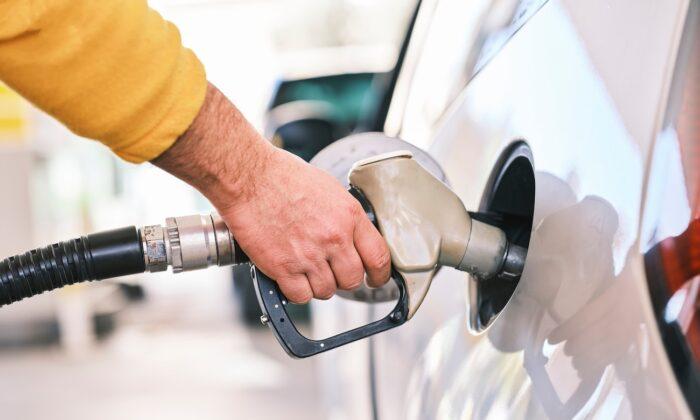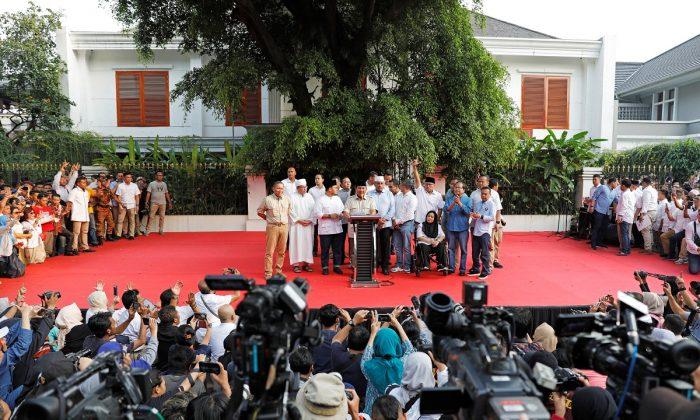Conflict in the Middle East, the war in Ukraine, and oil production cuts are pushing petrol prices up and adding to inflation, impacting the wallets of hardworking Australians.
Australian fuel prices rose 9.1 percent in August, with unleaded petrol rising an average of 17 cents a litre to reach a monthly average price of 200 cents a litre (US$4.77 a gallon), according to the Australian Bureau of Statistics (ABS) data.
Regarding rising oil and petrol prices, Treasurer Jim Chalmers told reporters on Oct. 22 that, “The conflict in the Middle East risks making that worse, and that would have consequences for Australians at the petrol bowser.”
“While inflation is moderating overall, it’s more persistent globally and so it will be more persistent here as well—and we expect to see some of this reflected in the quarterly inflation figures this week,” he added.
Treasury estimates are expected to show fuel prices increasing by 7 percent in the September quarter, adding around a quarter of a percent to inflation when inflation data is released on Oct. 25.
Economy on a Knifes Edge
Deloitte Access Economics released its Business Outlook report on Oct. 18, and its data found that Australia is in a retail recession and a per capita income recession. However, it also forecasts we may get through the year without going into a technical recession.“Trend retail growth of just 1.3 percent is the lowest trend growth recorded since 1982,” report author David Rumbens said, noting that this indicated that the retail sector was already being hit hard as Australian consumers cut back on spending.
“Consumer confidence remains extremely fragile, near its all-time low point. Business failures have also been on the rise through 2023, centred on construction but also affecting accommodation and food services, manufacturing and retail trade,” he added.
He also suggested there may be one more interest rate hike this year by the Reserve Bank of Australia (RBA).
In its Oct. 3rd board meeting, the RBA didn’t rule this out, highlighting that it may have to increase interest rates to reign in inflation.
In its 2023-24 forecasts, Deloitte expects gross domestic product to fall to 1.2 percent from the previous year’s 3.3 percent, with dwelling investment (forecast to fall 1.1 percent in 2023-24) and household consumption (increasing only 0.8 percent) key factors pulling down economic growth.
However, a smaller proportion anticipates that prices will continue to rise at the same rate, with Australians feeling better placed to respond to price pressures.
Rising Global Oil Prices
Standard & Poor’s, a credit rating giant, issued a warning on Oct. 19 that the conflict between Israel and Hamas terrorists could pose a renewed risk of inflation in the global economy.The ratings agency said the conflict “could underpin inflation and weigh on economic activity” amid increasing concerns about a significant surge in oil prices.
The conflict has contributed to rising oil prices, reaching US$93 per barrel (AUD$147), as markets reacted to the potential escalation of the situation as the war continues.
It also has the potential to exacerbate existing inflationary pressures in the world, as central banks grapple with inflation sparked by the COVID-19 pandemic and the conflict in Ukraine.






